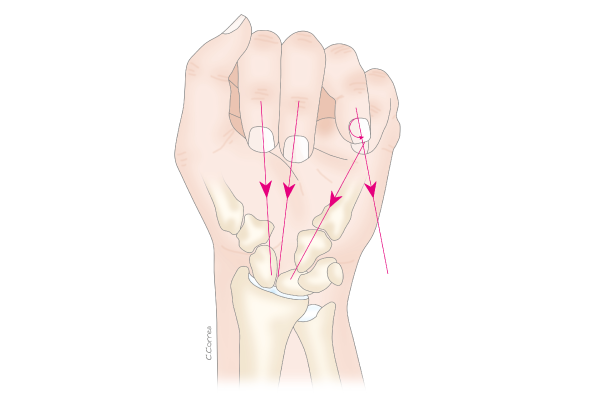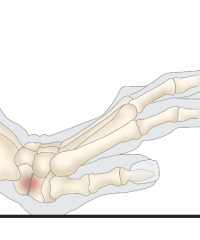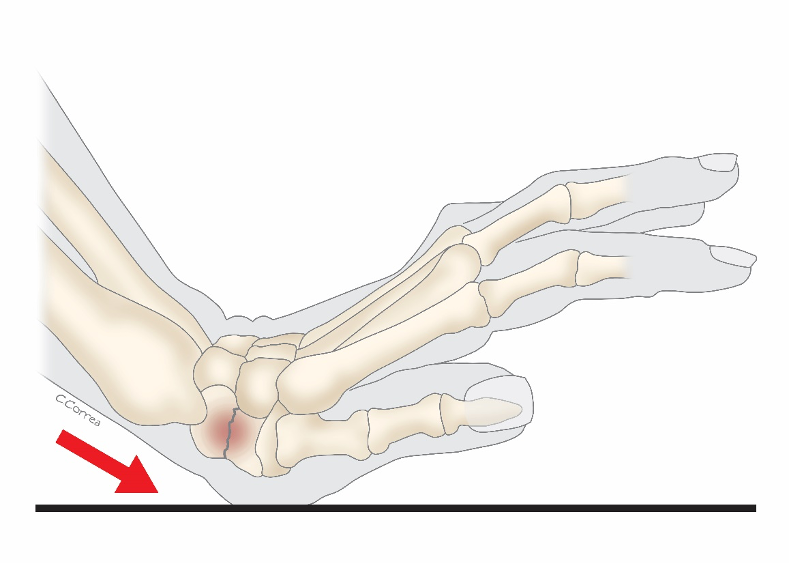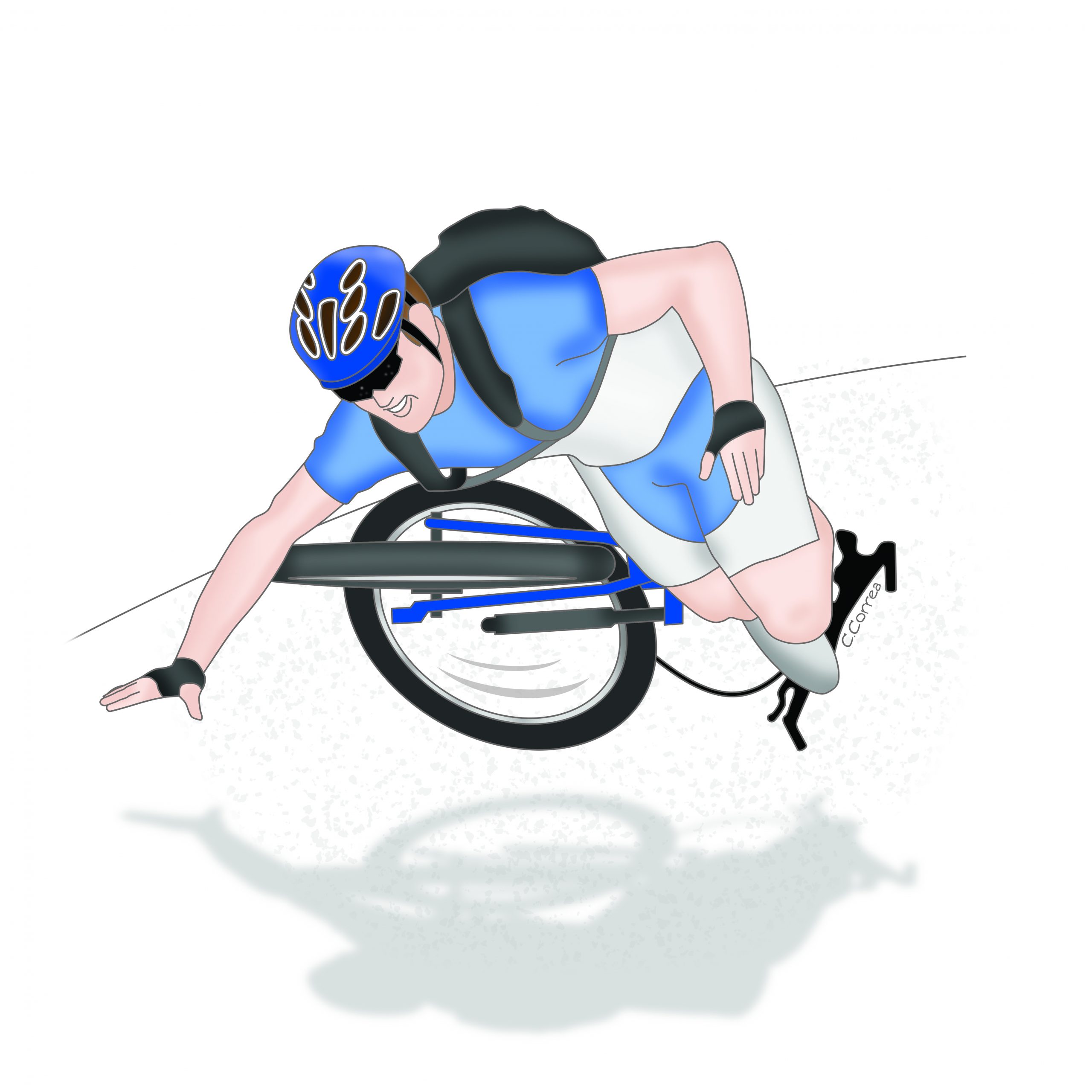Guyon Canal Syndrome or Cubital Tunnel Syndrome
Recent posts
Do you have any doubt?
My goal is to help them regain not only function, but also the quality of life they deserve. If you are experiencing pain, movement limitations or injuries to your hands, I am here to offer you my experience in the field. Together, we can chart a path to recovery and restoration of vitality to your hands.
Categories
What is this?
Guyon’s canal syndrome is an alteration in sensitivity in a specific area of the hand, mainly in the little finger and in the middle of the fourth finger, this alteration being generated by compression of the ulnar nerve as it goes through Guyon’s canal.
Guyon’s canal is a space located in the wrist, a space through which the ulnar nerve passes through, and which is formed by the pisiform and hamate bones on its base and by the transverse carpal ligament on its top structure.
What is the cause?
Cubital tunnel syndrome appears to be the result of a combination of factors resulting in the augmentation of pressure on the ulnar nerve. It occurs frequently in people whose work requires repetitive flexion or extension movements of their wrist or who suffer continuous and repeated compression of the Guyon’s canal area exerted by work instruments (such as with cooks, shoemakers, lumberjacks, etc).
Symptoms
Guyon’s canal syndrome is characterized by a sensation of tingling, pain, loss of strength, and numbness in the ring and little fingers. In long-standing cases, an atrophy of the muscles of the inner side of the hand is formed, which may seem to look like to what is known as the claw hand, as a result of a paralysis of the ulnar nerve.
Diagnosis
To diagnose Guyon’s canal syndrome, it is fundamentally necessary to interview the patient and perform an examination of the affected hand, with specific maneuvers for its diagnosis such as the interosseous musculature or the Froment sign. The confirmatory diagnostic test is an electromyography.
How should it be treated?
To begin, the treatment of Guyon’s canal syndrome may consist by using wrist splints and anti-inflammatory drugs. In most cases, the definitive treatment is surgical and consists of the opening of the transverse carpal ligament.











